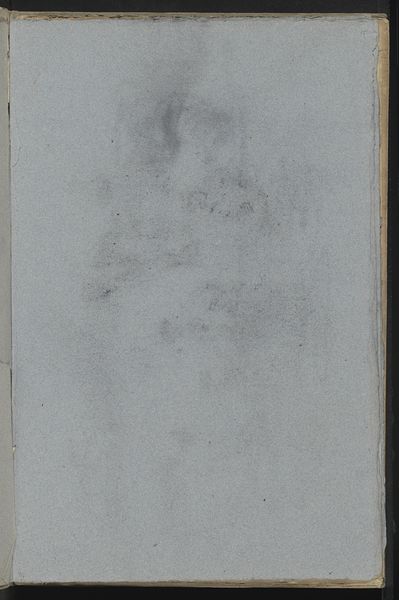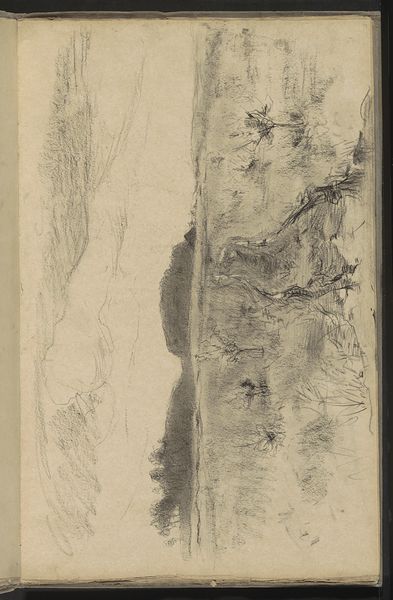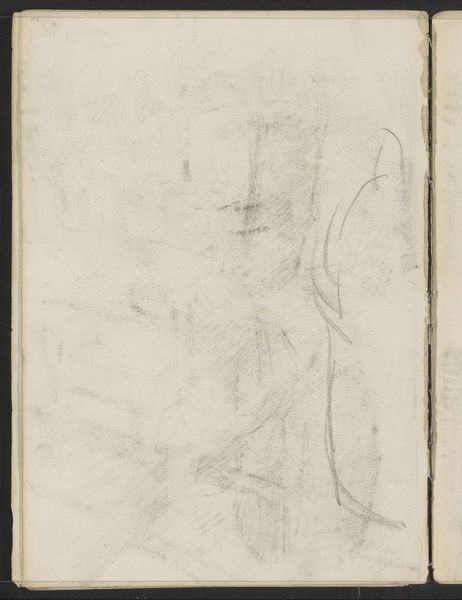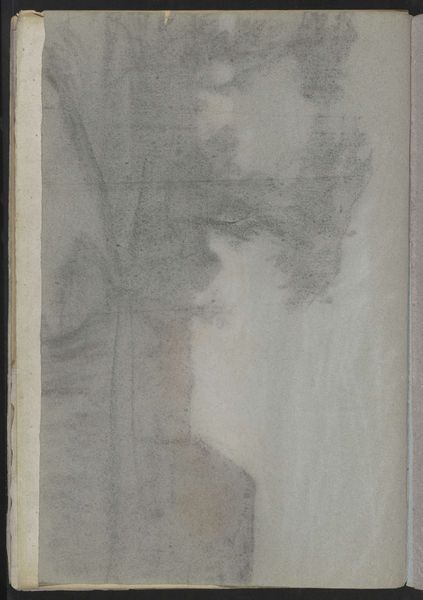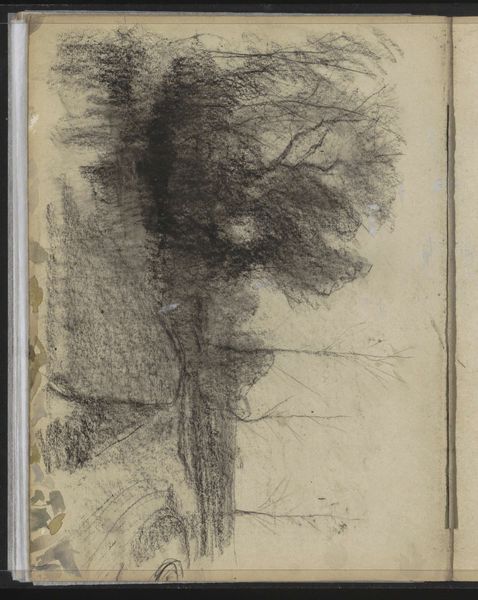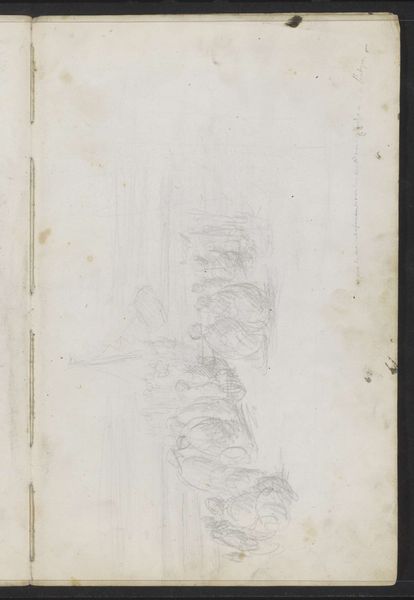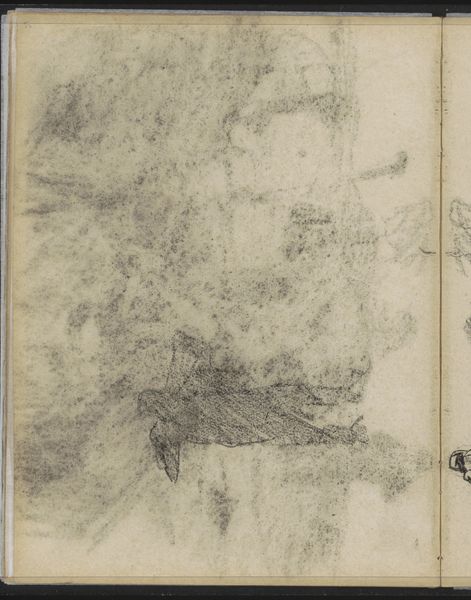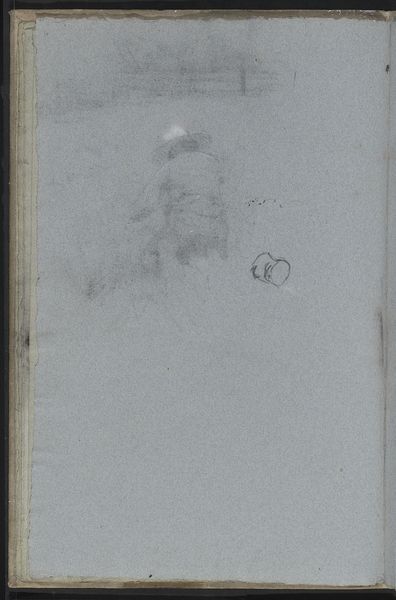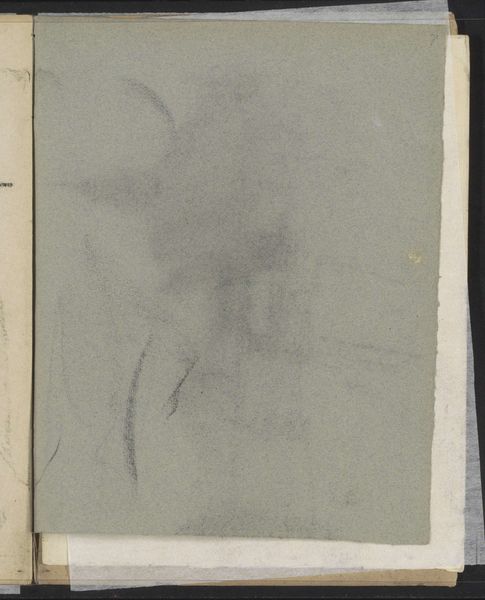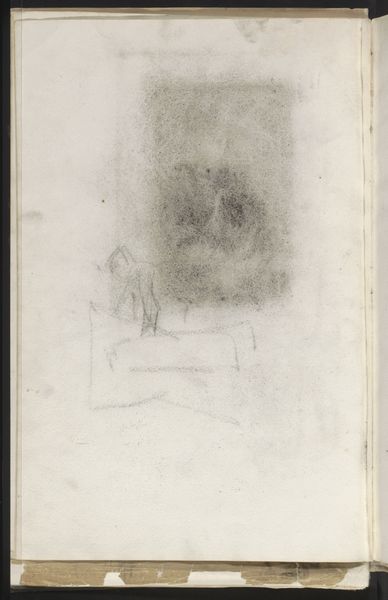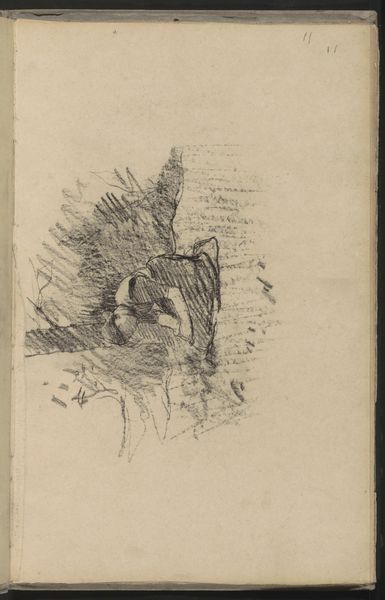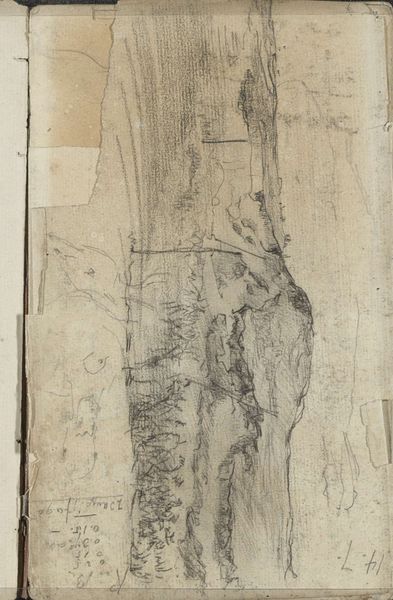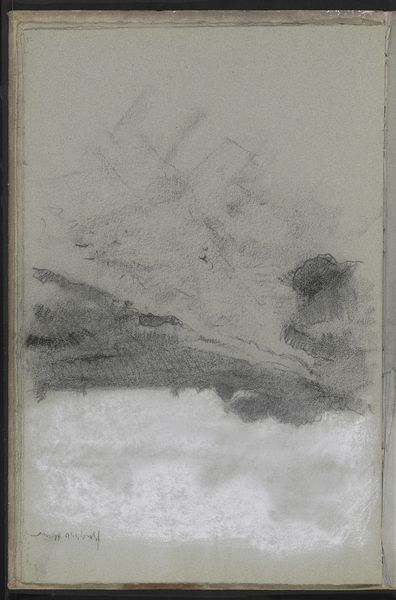
drawing, pencil
#
drawing
#
impressionism
#
pencil sketch
#
landscape
#
form
#
geometric
#
pencil
#
line
#
watercolor
Copyright: Rijks Museum: Open Domain
Editor: Here we have Willem Witsen’s “Path through a Landscape,” a pencil drawing created sometime between 1884 and 1887. The subtle use of line work gives the composition an eerie, dreamlike quality. What do you see in this piece? Curator: I see a space pregnant with possibility. Consider the late 19th century, the context of Witsen’s work: Industrialization was rapidly changing landscapes and social structures. What do you think the "path" signifies in this drawing, given these historical forces at play? Is it about progress? Escape? Editor: It definitely feels ambiguous, maybe even a little ominous. It’s like the path leads to…nowhere, really. Curator: Precisely. Now, consider the influence of Japonisme at the time. The asymmetrical composition and emphasis on line might allude to the anxieties surrounding Western cultural identity in the face of Eastern aesthetics. Do you notice any relationship between form and power at play in this image? Editor: It's like the land itself is resisting some unseen pressure. Maybe that pressure is industrialization and all the social change it implies? Curator: Exactly! Witsen captures a moment of profound uncertainty, reflecting a society grappling with rapid transformations. The dreamlike quality you noted might then signify a collective search for meaning amid those transformations. How can art serve as a critical lens when considering periods of sweeping change, don't you think? Editor: It's fascinating to see how a simple drawing can be a record of social anxieties! Curator: Indeed. And by exploring those anxieties, we can understand better how art both reflects and shapes our understanding of the world.
Comments
No comments
Be the first to comment and join the conversation on the ultimate creative platform.
